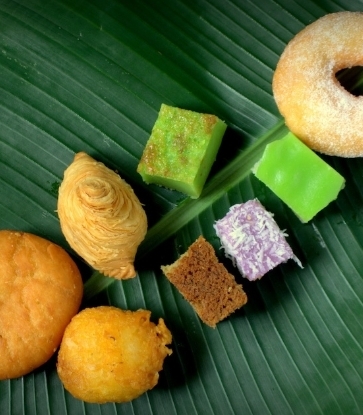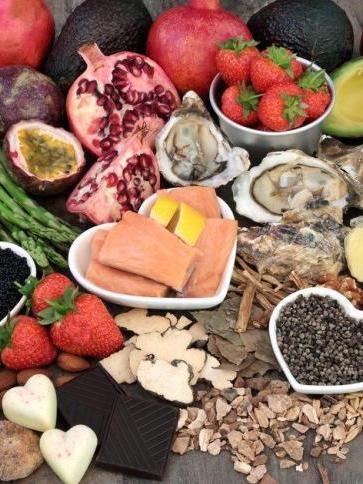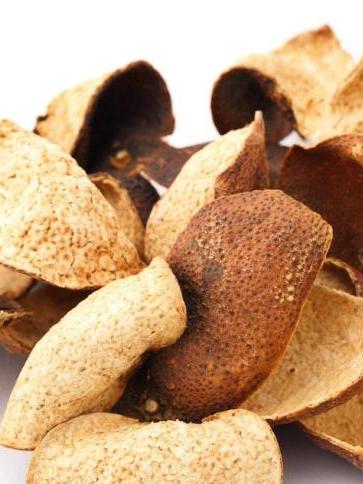Poulet de Bresse
Widely considered the crème de le crème of chickens, the poulet de Bresse is raised exclusively in a town called Bresse in the east of France comprising of only the local chicken breeds known as Bresse Gauloise. There are two things that make this fine chicken so special: firstly, it has a lot to do with the clay-rich soil of the region along with the natural food (bugs and seeds) they get from being raised outdoors for most of their lives, and secondly, the fact that they have a cereal and milk-heavy diet (think along the lines of buttermilk), which makes them such a fatty and rich flavoured bird.

'Free-range' is a huge buzzword these days and it's one way producers are catering to the conscious consumer. The definition of free range chickens is simple: birds that are always allowed outdoors with plenty of access to fresh food and vegetation and are exposed to natural elements like sunshine. They are also not fed with any kind of chemicals (probiotics and whatnot). Whether or not they taste better or differ in texture remains highly debatable; studies have shown that they are no different compared to their farmed counterparts, while others swear that it's value for money picking up a chicken that's better flavoured, has less fat, and shrinks less during the cooking process.
Cornish hen
Even though its name has the word ‘hen’, Cornish hens can be sold either female or male in grocery shops. A Cornish hen is essentially a small chicken, weighing no more than two pounds and are processed when they are about five to six weeks old. Because they are so young, the Cornish hen is known to be a lot more tender compared to a conventional chicken, but some may say that it is not as flavourful. Cornish hens are usually grilled and roasted, but barbecuing them and stewing them is also not uncommon.

Known as silkies and commonly found in Asian countries, this breed of chicken is black to the bone – contrary to popular belief that they are merely black-feathered chickens. That’s thanks to fibromelanosis, an odd genetic mutation of hyperpigmentation which traces back to China. Silkies are slightly gamier in flavour and are mostly raised as free-range birds. In places like Singapore and China, silkies are featured in herbal black chicken soup, and the Chinese believe that it has several health benefits, especially for women dealing with issues like fertility.
Probiotic chicken
One way farmers are making sure their flock is healthy and, in turn, ensuring customers are purchasing quality meat is feeding their chickens probiotics – good bacteria that strengthens the immune system and keeps the animal’s intestinal tract healthy. Most of the probiotics used are all-natural and environmentally safe and those who use it for their chickens believe that probiotics lower the risk of diseases in poultry, including Salmonella.























